Laces are back in vogue. Iain Treloar takes a look at two of the most popular laced road cycling shoes on the market, both from Giro.
In the world of cycling shoes, there are few models that have caused a bigger stir than the lace-up Giro Empires, first released a few years ago. With rival companies throwing everything behind BOA dials and Velcro closures, laces were seen as something of an anachronism—after all, they were all the rage 30 years ago, but surely they were superseded for a reason, right?
As it turned out, the Empire was quickly a success, with riders taking to the highly conformative one-piece upper, and the ability to fine-tune the fit across the seven lace-holes. Arguments from detractors are quickly shot down: lace-slippage or lack of on-the-go adjustability? Not an issue for me, even after 12 hours in the saddle. Tangles with drivetrains? Again, nope – there’s a loop to tuck the loose ends in under. About the only real downside is the slightly longer time it takes to put on, and take off, the shoes – which, to be fair, is a nuisance after a knackering bike ride – but that’s a small price to pay for what I’ve found to be the most comfortable road shoe on the market.
The original version was updated with an improved sole (still in the range as the Empire ACC model). High-profile rider endorsements from Bradley Wiggins and original developmental partner Taylor Phinney saw the shoes gracing podiums the world over. Flash new colours—fluoro yellows and oranges, even an amazing completely reflective variant—broadened the offering, bringing even greater appeal. An SPD/MTB variant, the VR90, has been added to the lineup, and despite a lofty pricetag, has become extremely popular for gravel and cyclocross. Lower-end urban models, like the Republic and Rumble, further broaden the laced selection, and there’s options for women as well.
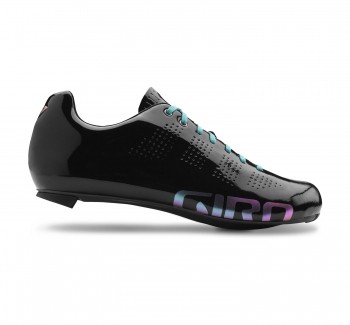
Eventually, the other major manufacturers had to sit up, pay attention, and concede that maybe there was something to this laces caper after all. Specialized, Bontrager, Louis Garneau and Bont are just some of the brands now producing laced cycling shoes.
My search for the ideal cycling shoe led me to the Empire ACC a couple of years back, in an exhausting process that involved trying 20+ models from Bont, Giro, Specialized, Bontrager, Shimano, Northwave, Rapha and more. I didn’t think of myself as having a particularly odd-shaped foot, but they were the only option that fit comfortably. I’ve since covered many thousands of kilometres in them, so it’s fair to say we’ve got some history. They’re now scuffed and dirty and gouged from a couple of crashes, but remain my benchmark for comfort.
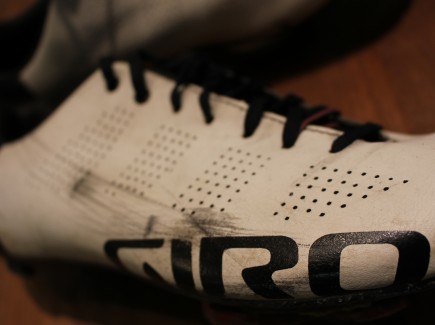
Since that purchase, Giro upped the ante with the release of the higher-end Empire SLX (suggested RRP = $399), to complement the existing Empire ACC (suggested RRP = $349). I was interested in seeing what the practical difference between the two models was.
Weight
The design brief here for Giro was to produce a lighter shoe—note that the ACC was hardly portly to begin with—and they’ve achieved that with a shoe weighing in at a claimed 175g each for size 42.5, making it one of the very lightest on the market. We weighed our size 43 at 188g—so perhaps that’s a slightly optimistic claim—but the lack of heft is extremely impressive nonetheless.
The key changes made to bring the weight down on the SLX are titanium hardware, and a thinner, lighter-weight upper, just 1.1mm thick (compared to 1.4mm on the ACC). The SLX comes with two sets of insoles – one with three interchangable arches of differing heights (Giro calls this the ‘Supernatural fit’ system)—and the other a thinner, perforated single-thickness variety (presumably for weight savings). In my Empire ACCs I use a custom set of insoles, but I’ve found the Giro insoles in the SLX to be about as comfortable as non-custom insoles can be.
There’s a 40g weight difference between the Empire ACC and the Empire SLX—from my experience, this is noticeable in the hand, but not on the foot. But hey, marginal gains, right?
Fit
The two shoes are off the same last and similar enough that if one fits you well, the other will too. That said, the SLX feels fractionally looser on the foot, especially through the midfoot, and overall feels less ‘present’—this latter attributable to the thinner upper fabric.
Ventilation
The other key difference is in the ventilation. For all its strongpoints, the Empire ACC isn’t among the best ventilated shoes on the market. Although I can’t say I’ve personally found this an issue, some have found it to be an issue in the height of summer. The Empire SLX is an improvement on this count, with fewer but larger vent holes on the side of the shoe. There’s also ventilation through the heel-cup, which the ACC lacks.
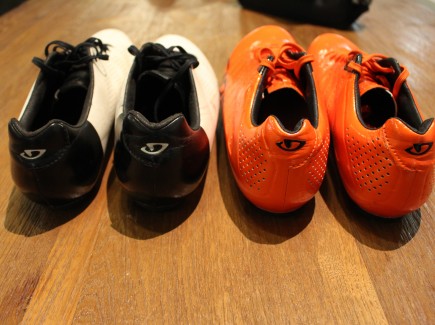
Aesthetics
Aesthetically they’re pretty similar. The ACC has a two-tone look, with a black heel cup. The SLX is mostly one colour throughout the entire shoe, and comes in white, a ‘glowing red’ (more of an orange, really, with a pearlescent shimmer) and a gloss black with lime green and orange accents. Although some of the colours are fairly loud, the overall effect is subdued and classy rather than overbearing, with a single large ‘Giro’ logo on the side of the foot. Compared to many other models on the market, the Empires of both flavours are stylish and cut an elegant profile.
Performance
In stiffness and power transfer, I couldn’t distinguish a difference between the SLX and ACC. They’re extremely efficient, but not quite as stiff as a couple of high-end models I’ve worn from other brands. Don’t assume this is a bad thing—there’s such a thing as ‘too stiff’. The performance of the Empires is more than adequate, without transferring every vibration through the sole into the foot.
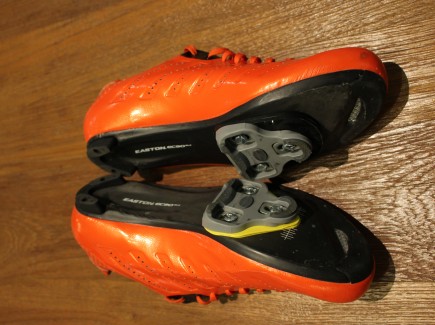
An important distinction between Giro’s shoes and many other brands is that they have quite a minimal structure. Many shoes, from brands like Bont and Specialized, have a more clearly defined fit and support leading to a higher perception of stiffness—in the case of Bont, the carbon of the sole wraps around the side of the foot, where the lack of structure in the Empire’s upper allows the foot to bulge out over the sides of the sole. It’s quite a different sensation to many of the other offerings on the market, and may require some time for mental recalibration, but I’ve found it to provide exceptional comfort.
Finish and presentation
Both Empires come with a shoe bag, a set of adjustable-arch insoles (the SLX comes with an additional pair of lighter-weight insoles) and a spare set of laces. You can also buy additional laces in a variety of colours to add a bit of visual flair if desired.

Finish and quality of both models is for the most part excellent, although the white of the ACC is somewhat prone to marking. The glossy finish of the SLX wipes clean more easily. The heel-pads are replaceable on both models, which is a nice nod to longevity. The rubber of these pads wears quite well, lasting close to two years on my ACCs before needing replacement. However, one of the threads on the heel pads of our SLX test pair was stripped out of the box, and unable to loosen. This will present issues down the line when the time comes to replace the heel-pads. I’ll give Giro the benefit of the doubt here, and chalk it up as an isolated incident. Nonetheless, perhaps not a bad idea to check your pair when new to see whether they’ll undo, to avoid a likely foiled attempt at claiming warranty on an old pair of shoes when you would ordinarily encounter the issue. The heads of the bolts are also prone to rounding out if you’re not gentle, but replacement pads come with new bolts so it’s not a massive issue.
Conclusion
These minor issues aside (assuming, of course, that the fit is right for you), there are very few downsides to either the Giro Empire SLX or ACC (or, for that matter, the VR90). I’ve found the fit to be sublime across the board, and the performance right up there with the best on the market. With a couple of laced models in the road line-up, it comes down to the question of choice between the two. They’re both great shoes and are unlikely to disappoint. However, as the gains are primarily related to weight-reduction of an already light shoe, I find it hard to justify the additional expense of the SLX over the ACC—which in actual market value, seems to come in at $70-$100 cheaper, depending on where you buy them from. The ACC Reflective would be my personal pick of the lineup, bringing some eye-catching visibility to a high-performing road shoe.
For more product details, Giro.com
For distributor and dealer enquiries, sheppardcycles.com
Ride On content is editorially independent, but is supported financially by members of Bicycle Network. If you enjoy our articles and want to support the future publication of high-quality content, please consider helping out by becoming a member.

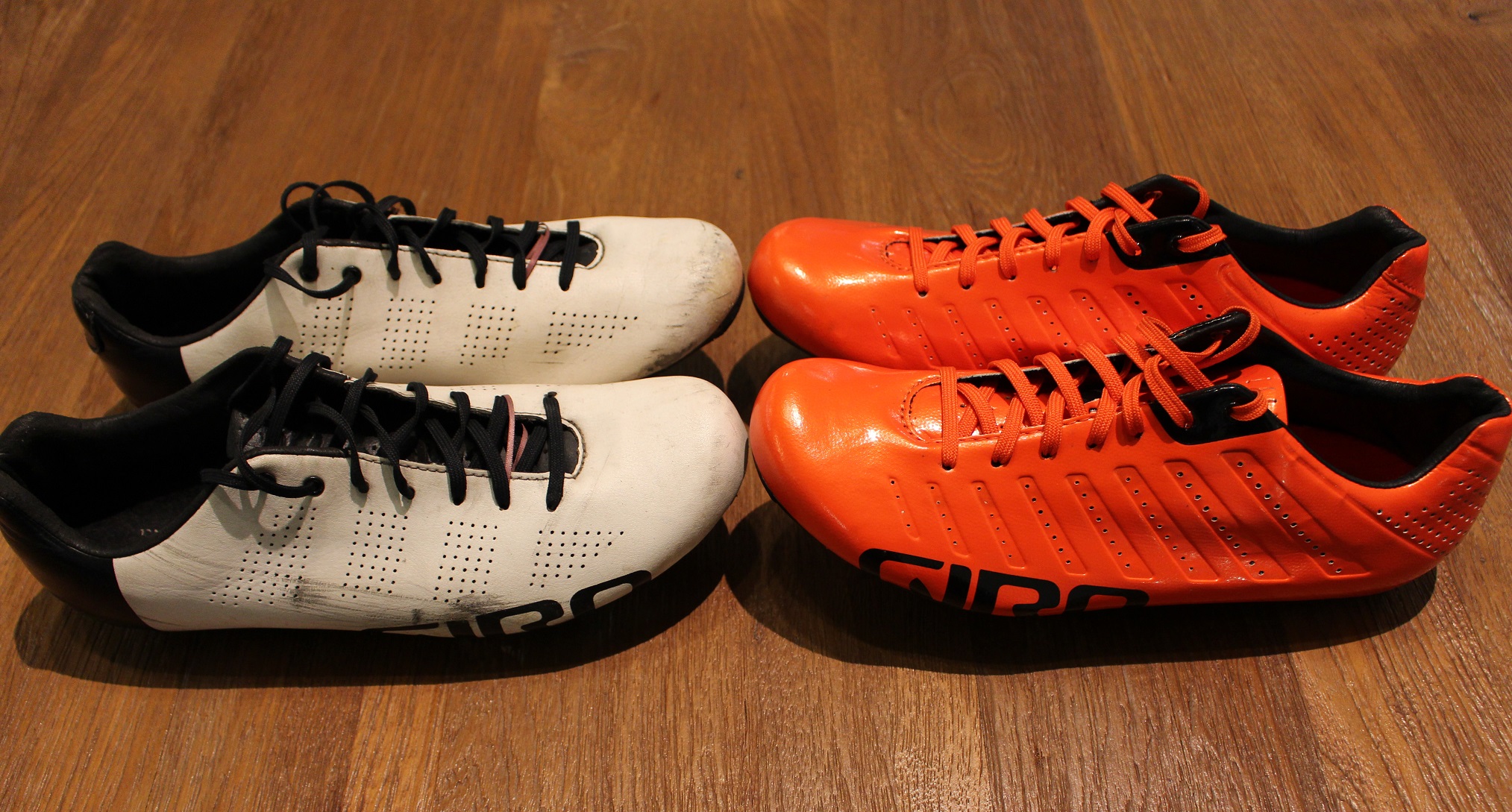
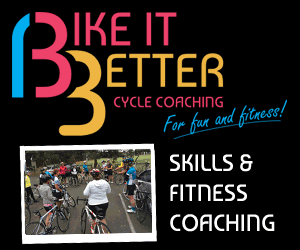

Are the rapha shoes a copy of a giro ?
There’s no laced shoe from Rapha at the moment, but the Climbers and GT’s soles are both variants of Easton’s EC90 (as with the Empires), use Giro insoles, and I believe they are made for Rapha by Giro.
This would suggest that they’re in a pretty similar ballpark fit-wise, but I couldn’t get the GT shoes to agree with my foot. I haven’t tried the Climbers, but I suspect I’d prefer the seven-point laced closure of the Empires to the three-strap velcro Climbers.
Hope this helps!